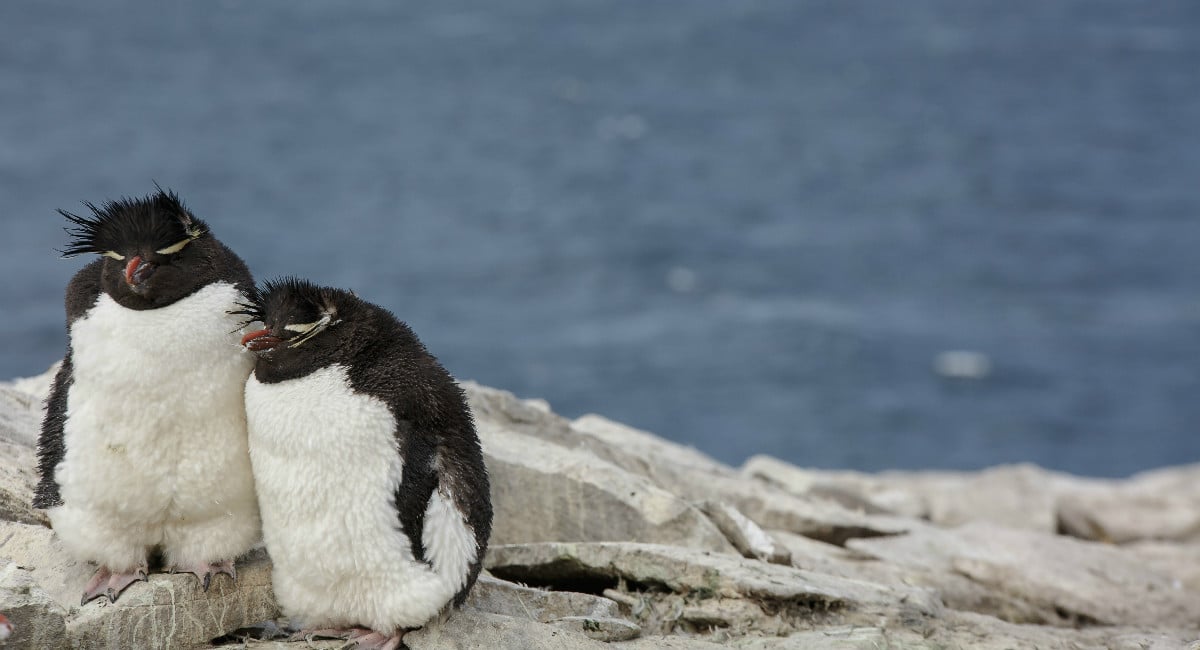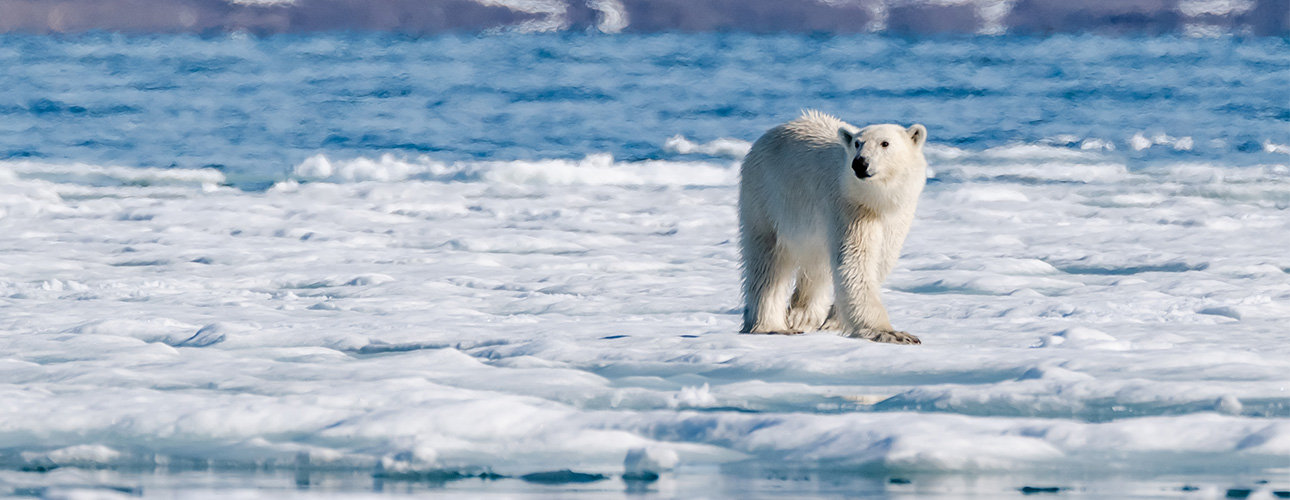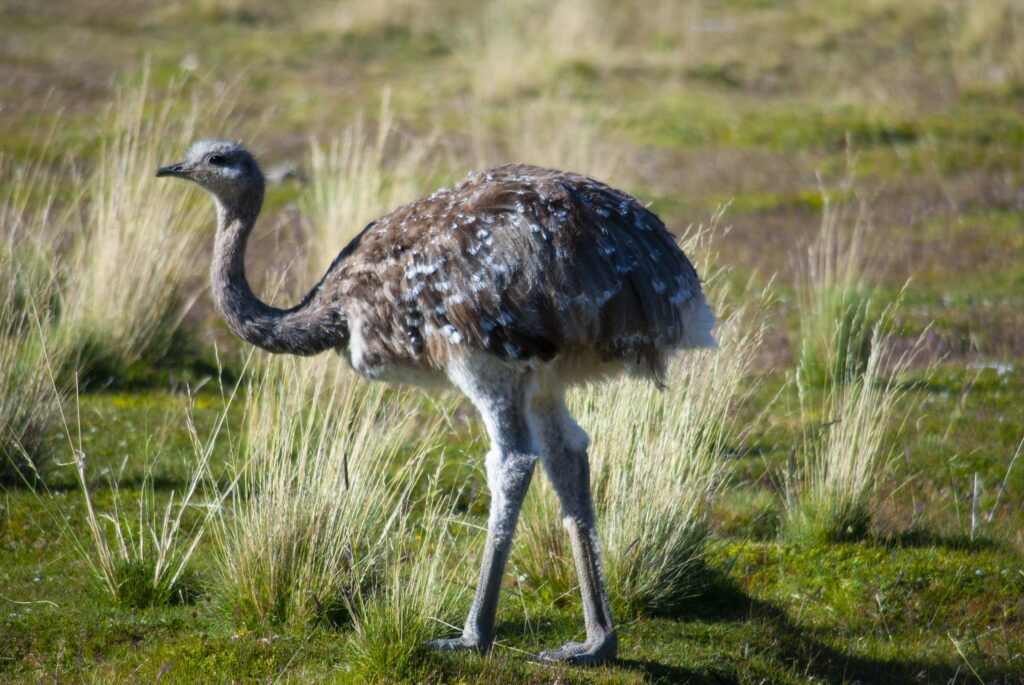On Friday 20 May 2016, the world takes time to acknowledge the planet’s endangered species of wild animals, and many organisations such as the Wold Wildlife Foundation drive awareness on how to protect these creatures and their natural habitat. Aurora Expeditions take part in this significant cause by acknowledging some of the endangered species that live in the regions we visit on our voyages.
Northern Rockhopper Penguin - Sub-antarctic region - Status: Vulnerable
One of the feistiest penguin species, the Northern Rockhopper stands approximately 50cms (1.6 feet) tall, and weighs approximately 2.5kgs (5.5lbs). Not ever to be called a fussy eater, the Northern Rockhopper eats almost any marine creature. Although the Northern Rockhopper has an estimated 265,000 pairs of breeding individuals, this number is decreasing continually.
Read more: All about Antarctic penguins

Polar Bear - Arctic - Status: Vulnerable
A nature predator, who is known for travelling exceptional distances in search of prey, the Polar Bear feeds on predominately seals and occasionally whale species. When conceived, mother Polar Bears generally produce twin cubs, and raise them with no help from the male mate. Today the World Conservation Union estimates there are 20,000 – 25,000 individuals remaining.
Read more: How you can help save our polar bears

Lesser Rhea (Darwin’s Rhea) - Patagonia - Status: Endangered
This unique flightless-bird is particularly interesting because the male mate who is responsible for incubating the eggs (40 day process). The Lesser Rhea tends to live groups, with sizes ranging between 5 and 30 members. It is estimated that only several hundred still remain, with hunting and land degradation being the primary cause of their endangerment.
Read more: 3 fascinating Patagonian animals

For more information on the status of animal endangered species around the world, visit the World Wildlife Foundation's website.


